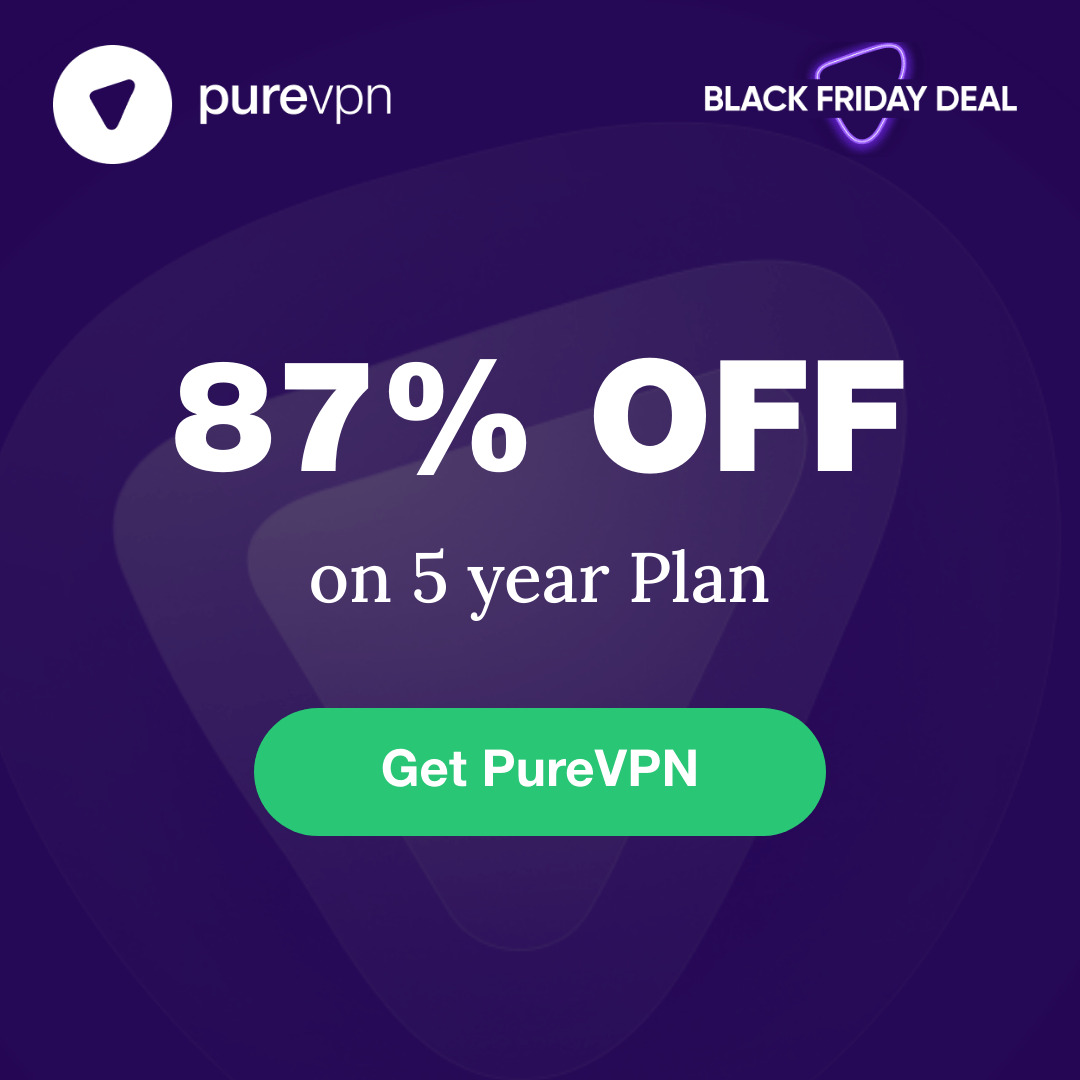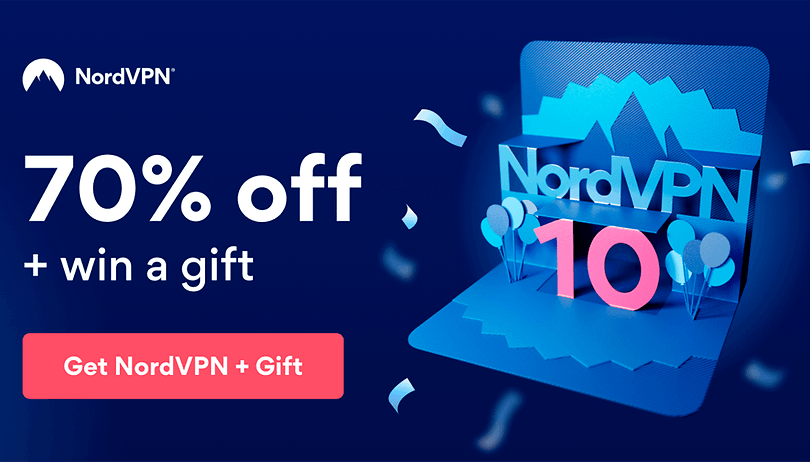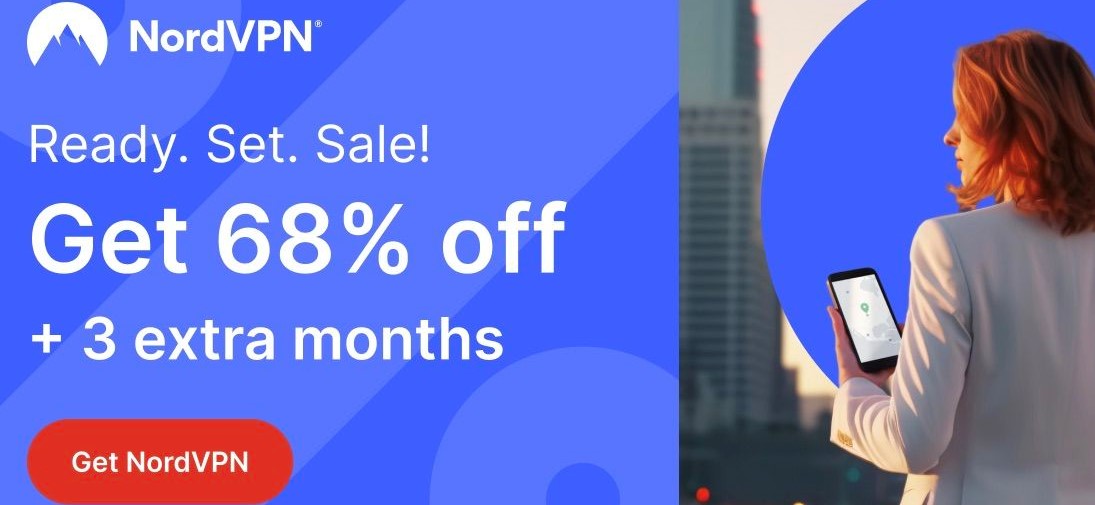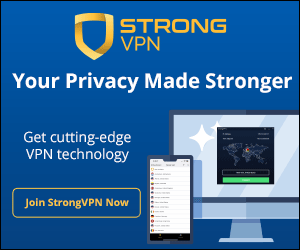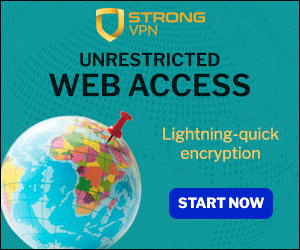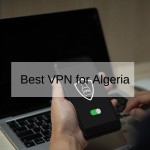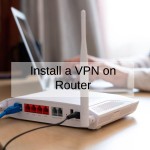In the ever-evolving landscape of the digital world, ensuring the security and privacy of your online activities is paramount. One effective way to safeguard your internet connection is by setting up a Virtual Private Network (VPN) at home. In this comprehensive guide, we will walk you through the process, providing detailed insights and step-by-step instructions to create a proton vpn tailored to your home network.
Grab Incredible Deals Today on Shurfshark
Understanding VPN Protocols
Before diving into the practical aspects of setting up a home VPN, it's crucial to comprehend the various VPN protocols available. OpenVPN, L2TP/IPsec, and PPTP are among the common protocols, each with its own strengths and weaknesses. Depending on your specific needs, you'll want to choose a protocol that strikes the right balance between security and performance.
Assessing Home Network Requirements
A successful VPN setup begins with a thorough assessment of your home network requirements. Consider factors such as bandwidth, compatibility with existing devices, and the overall security of your network. By understanding these aspects, you can tailor your VPN configuration to seamlessly integrate with your home environment.
Selecting a VPN Service Provider
Choosing the right private internet accessservice provider is a critical step in the process. Conduct thorough research, compare features, and read user reviews to make an informed decision. Factors such as server locations, encryption protocols, and subscription plans should all be taken into account to ensure you select a provider that aligns with your specific needs.
Score Big Savings Today at Nord VPN!
Setting Up a VPN Router
One of the most efficient ways to implement a VPN at home is by configuring a VPN-enabled router. This centralizes the VPN connection, allowing all connected devices in your home network to benefit from the added security. We'll guide you through the selection of compatible routers and provide a step-by-step tutorial on setting up a VPN on your chosen device.
Installing VPN Software on Devices
For those who prefer a more device-centric approach, installing VPN software on individual devices is a viable option. We'll explore how to download and install VPN applications on various platforms, including computers, smartphones, and tablets. Additionally, we'll delve into the configuration settings for different operating systems, ensuring a smooth and secure VPN setup.
Configuring VPN Settings
Once the VPN is installed, it's essential to fine-tune the configuration settings. This includes setting up the vpn onlineconnection parameters, adjusting encryption and authentication settings, and enabling features like a kill switch and split tunneling. These steps ensure that your VPN operates optimally and provides the level of security and privacy you desire.
Ready, Set, Save! Explore Private VPN Deals Today!
Testing VPN Connection
To validate the effectiveness of your VPN setup, testing is imperative. We'll guide you through the process of conducting initial connection tests, verifying IP address and location changes, and ensuring a secure and stable VPN connection. This step is crucial in identifying and resolving any potential issues that may compromise the integrity of your VPN.
Enhancing VPN Security
While a VPN inherently adds a layer of security to your online activities, there are additional measures you can implement to enhance security further. We'll discuss the implementation of two-factor authentication, regular updates to VPN software and firmware, and proactive monitoring for potential security threats.
Optimizing VPN Performance
Balancing security with performance is key to a successful freedom vpnexperience. We'll provide insights into tweaking settings for better speed and performance, strategically choosing server locations, and addressing potential bottlenecks within your home network. By optimizing your VPN setup, you can enjoy a seamless online experience without compromising on security.
Using VPN for Specific Applications
Beyond general internet browsing, a VPN can be customized for specific applications such as online streaming services and gaming platforms. We'll walk you through the process of configuring your VPN to cater to these specific needs, ensuring compatibility and an uninterrupted online experience for all your favorite activities.
Troubleshooting Common VPN Issues
No technology is without its challenges, and VPNs are no exception. We'll help you identify and troubleshoot common free vpn for freeissues, such as connectivity problems and performance issues. Additionally, we'll explore avenues for seeking help from your VPN service provider or engaging with online communities to find solutions to more complex problems.
Updating and Maintaining the VPN
The digital landscape is dynamic, and staying ahead of potential security threats requires ongoing maintenance. We'll discuss the importance of regularly updating VPN software and firmware, monitoring for new features and improvements, and reviewing and adjusting settings as needed. This proactive approach ensures that your VPN remains a robust defense against emerging threats.
Educating Household Members
A secure home network involves the cooperation of all household members. We'll discuss strategies for informing your family about VPN usage and its benefits, providing guidelines on responsible VPN usage, and educating them on potential security risks and best practices. Creating a culture of awareness within your household contributes to a safer and more private online environment.
Creating a VPPN service provider, and following our step-by-step guide, you can establish a robust and secure VPN tailored to your specific needs. Regular maintenance, optimization, and education ensure that your home network remains a fortress against online threats, providing you and your family with a safer and more private online experience. Stay secure, stay connected.
In an era where online privacy is becoming increasingly crucial, setting up a Virtual Private Network (VPN) at home has become a popular choice. This comprehensive guide will walk you through the process of creating a VPN at home, covering topics such as the best VPN options for surf shark, easy installation methods, configuration options, and the advantages of having your own VPN.
Why and When to Use a VPN at Home:
Before delving into the technicalities, it's essential to understand why and when you might need a VPN at home. A VPN encrypts your internet connection, providing a secure tunnel for your data to travel through. This is particularly important when accessing public Wi-Fi networks, preventing potential hackers from intercepting your sensitive information. Additionally, a VPN allows you to bypass geographical restrictions, granting access to region-locked content.
How to Get a VPN at Home:
Several VPN service providers offer user-friendly solutions for creating a VPN at home. Some of the top choices in the market right now include ExpressVPN, NordVPN, and CyberGhost. Choose a provider based on your specific needs, considering factors such as speed, security features, and server locations.
To get started, sign up for a subscription with your chosen VPN provider and download the relevant application onto your device. Most providers offer apps for various platforms, including Windows, macOS, Android, and iOS.
Easy Way to Install a VPN at Home:
Installation is typically straightforward, with step-by-step instructions provided by the vpn freeprovider. After downloading the application, follow the setup wizard, which will guide you through the installation process. Once installed, log in using your credentials, and you'll be ready to connect to the VPN.
Configuration of a VPN at Home:
Configuring your VPN can be done in two main ways: automatic configuration and manual configuration.
Automatic Configuration:
Many VPN providers offer automatic configuration, where the software selects the best settings based on your internet connection and location. This is the easiest option for most users, as it requires minimal effort. Simply click the "Connect" button, and the VPN will handle the rest.
Manual Configuration:
For users who prefer more control over their virtual private network free settings, manual configuration is an option. This involves selecting specific protocols, choosing server locations, and adjusting other advanced settings. While this method provides more customization, it may be intimidating for beginners. Most VPN providers offer detailed guides on manual configuration for different devices.
Advantages and Benefits of Having a VPN at Home:
Enhanced Security: A VPN encrypts your internet traffic, adding an extra layer of security. This is especially crucial when using public Wi-Fi networks, as it prevents unauthorized access to your data.
Bypassing Geo-Restrictions: Access region-locked content from anywhere in the world. This is particularly useful for streaming services, websites, and online platforms that may be restricted in your location.
Privacy Protection: Keep your online activities private from your Internet Service Provider (ISP) and other prying eyes. A VPN masks your IP address, making it more challenging for anyone to trace your online footprint.
Anonymous Browsing: With a VPN, your true IP address is hidden, allowing you to browse the internet anonymously. This protects your identity and ensures that your online activities remain private.
Secure Remote Access: If you often work from home or access your home network remotely, a hola vpnprovides a secure way to connect to your devices and files from anywhere in the world.
Creating a VPN at home is a valuable investment in your online security and privacy. With a plethora of user-friendly options available, anyone can set up a VPN, regardless of their technical expertise. Whether you prioritize automatic configuration for simplicity or delve into manual settings for customization, the benefits of having a VPN at home are undeniable, offering a safer and more private online experience.
Creating a VPN at home: A detailed comparison across various aspects
Setting up a home VPN can offer advantages like privacy, security, and access to regional content. However, it also comes with drawbacks compared to using a commercial VPN service. Here's a detailed breakdown across various aspects:
Ease of setup:
- Commercial VPN: Extremely easy. Typically involves downloading an app, entering login credentials, and connecting with a single click.
- Home VPN: Difficulty varies depending on method. Using a router with built-in VPN is easiest, but flashing firmware or setting up a server on a computer is more complex and requires technical knowledge.
Cost:
- Commercial VPN: Subscription fees (usually monthly or yearly) ranging from $3 to $15 per month. Can be cost-effective for frequent users.
- Home VPN: One-time hardware cost for a router with built-in vpn hola vpn(around $100+). Free if using software on an existing computer, but electricity costs apply.
Performance:
- Commercial VPN: Speeds can vary depending on server location and network congestion. Generally reliable and acceptable for most uses.
- Home VPN: Speed heavily influenced by your home internet upload speed. Might experience slower connections compared to commercial VPNs, especially with multiple users.
Security:
- Commercial VPN: Reputable providers offer strong encryption and security protocols. However, trust in the provider's practices is crucial.
- Home VPN: You control the security configuration, potentially offering greater control and potential for stronger security. However, misconfiguration can expose vulnerabilities.
Privacy:
- Commercial VPN: No-log policies and offshore locations can enhance privacy, but some logging might still occur. Data is routed through the provider's servers.
- Home VPN: All data is routed through your home network, offering more control over data handling. However, your IP address might still be exposed depending on configuration.
Reliability:
- Commercial VPN: Large providers typically have robust server infrastructure, ensuring high uptime and availability.
- Home VPN: Relies on your home internet connection and hardware. Outages or power cuts can disrupt VPN access.
Additional features:
- Commercial VPN: Many offer features like multi-device support, split tunneling, and kill switches.
- Home VPN: Features depend on your chosen method. Routers might offer limited options, while server software can provide more flexibility.
Overall:
Commercial VPNs offer a convenient and user-friendly solution for most users. However, those seeking maximum control, privacy, or cost-effectiveness might consider a home VPN, despite the added complexity and technical requirements. Carefully weigh your needs and technical skills before choosing the right option.
Additional considerations:
- Legal restrictions: Check your local laws regarding operating a urban vpnserver, as some countries have restrictions.
- Technical support: Commercial VPNs offer dedicated support, while home VPNs require self-troubleshooting or seeking community help.
- Future needs: Consider if your needs might change, and choose a solution that can scale accordingly.
1. Do I need to create my own VPN, or can I use a service?
Most people find it easier and more convenient to use a VPN service provider. These companies offer subscriptions with access to their global network of servers, simplifying setup and maintenance. However, creating your own VPN server offers more control and privacy, but requires more technical expertise.
2. What are the benefits of creating my own VPN?
- Control and customization: You have complete control over server location, security protocols, and user access.
- Privacy: Your data travels through your own infrastructure, potentially reducing the risk of third-party interception.
- Cost-effective for multiple users: If you have several devices or users who need VPN access, it can be cheaper than individual subscriptions.
3. What are the drawbacks of creating my own VPN?
- Technical complexity: Setting up and maintaining a VPN server requires technical knowledge and troubleshooting skills.
- Performance: Your home internet upload speed might limit the VPN's performance, impacting browsing and streaming.
- Security risks: Misconfiguration or vulnerabilities in your setup could expose your data.
4. What if I want to create my own VPN? What are my options?
- Router with built-in VPN: Some high-end routers offer built-in VPN server functionality. This is the easiest option but can be expensive.
- Flashing your router with custom firmware: Advanced users can install custom firmware like DD-WRT, enabling VPN server features on compatible routers.
- Using a computer or Raspberry Pi: You can set up a VPN server on an old computer or a Raspberry Pi using software like OpenVPN. This requires technical expertise.
5. What resources can help me set up a VPN at home?
- Online tutorials and guides: Websites like How-To Geek and Tom's Guide offer detailed guides for various methods.
- VPN service provider support: Some VPN providers offer guides or tools for setting up your own server using their service.
- Online communities and forums: Communities like Reddit's r/VPN can provide assistance and troubleshooting tips.


